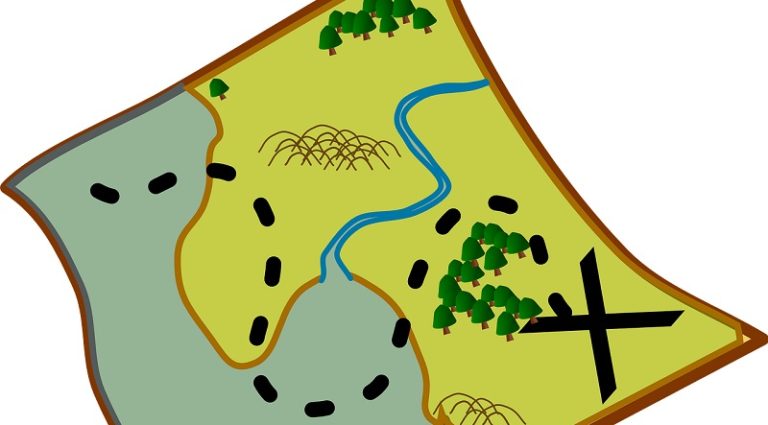

The best way to understand your customers is to walk a mile in their shoes. In the case of website UX/CX, the mile you walk is a virtual one, ideally ending with a purchase. By figuring out how your customer takes that journey, you can figure out how to improve the experience, and even get them to the end faster. So customer journey mapping is just what it sounds like — creating a map of the customer’s experience.
Here is how to do it successfully, whether you’re starting from scratch or working with an existing site.
Map the Experience Before Building Your Site
When you build a website, approach it from the customer’s point of view, not your own. Tandem Seven advises, “the journey is based on what the customer does. This extends to what they think and how they feel, as they interact with your brand across multiple touch points and/or relationship stages.”
Figuring this out requires extensive research on your customers and personas. You may think you already know how a customer will move through your site, but your own biases can hide the truth. Reliable consumer research is critical.
Take into account touchpoints outside your site. Will users arrive through a link embedded in an email, by clicking on a link, via Google search results? Each of these “locations” is part of the journey as well.
Map the Experience on an Existing Site
Let’s say you inherited a website, or an update just isn’t in the budget right now. You probably have a lot of data, via Google Analytics or a similar tool, about how visitors engage with your site. Consider where they are landing on the site, and from where. Look at where you’re losing them. Measure how many steps, and how much time, it takes them to get from landing to conversion.
Look also at search data and social media sentiment. You may consider a survey of your existing customer base or of a carefully selected sample.
Once you know what the current journey looks like, you can ask whether it could look different. If you were the customer, is this the route you would choose?
What Should Be on Your Map
Clearly delineate goals, both yours and your customer’s. A map is no use if you don’t know where you want to go.
Break your map down into stages, not unlike what you might illustrate on a funnel. BigDoor advises, “Some common customer stages include: discovery, research, explore, choose, purchase, and advocate. Don’t overthink these. Start simple.”
Then, indicate all of the places where your customer make a choice — including the choice whether to leave your site or continue the journey. These may be points in which your sales or service team interacts with the customer. For example, if the customer needs the answer to a question in order to take the next step, how will you ensure that question gets answered? Do you offer them a form to fill out, a number to call, or a live chat option? Missing out on one step like this can mean losing the sale.
Big Door says that your map might be more complicated than you imagined: “Instead of a traditional marketing funnel, many customer journey maps are not, in fact, linear. A customer can jump from one phase to another based on a number of factors. They will interact with some touch-points and miss others entirely.”
What You Can Learn From Your Map
Personnel in all departments stand to learn from your map. Share your findings with your whole organization, and let everyone know they have a stake in it. CMO by Adobe says, “while a primary goal is to close performance gaps, it’s important to identify those best-practice areas where things are going right.” Even if you stopped with this step, you would go a long way to getting all of your people on the same page. However, this step is only the beginning…
Take the map or maps you’ve made and identify the roadblocks, the speedbumps, and the hazards. Choose which ones are worth directing resources to fix or remove. Learn what areas of your business are ripe for enhancement, such as which new product features to offer. You might even discover where you need to hire new team members or rearrange existing staff resources.
CMO by Adobe explains that “mapping the journey should help lead to specific actions–actions that improve the experience and drive the ROI to justify the effort and increase internal support.”
Software is available to guide you in creating a customer journey map. Or you can use a template like this one offered by the Content Marketing Institute. An experienced UX/CX firm can also help. When you approach customer journey mapping, do it right. If you treat it as what it is — a guide to how you do business — you will reap the benefits of newfound knowledge and ideas for improvement.

